Geometry In High School: Real Life Applications Of Various Shapes
In Class 11 and 12 NCERTs, we explore straight lines and 3D shapes. We discuss lines, understanding their slopes, the angles between them, and different ways to write their equations.
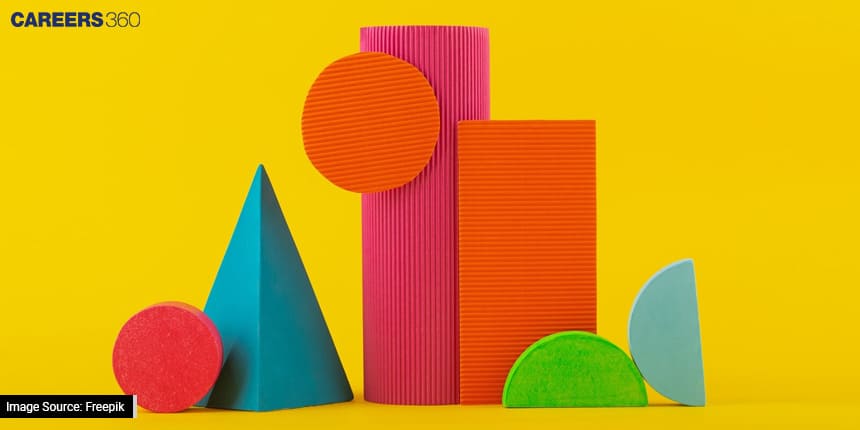
This article explores how shapes and lines are part of our daily lives, helping us understand things better and making a big difference in many areas like technology, design, and medicine.
Geometry In Nature
Geometry is really important in our daily lives, especially when we look at nature. If we pay attention, we'll spot lots of shapes like circles, squares, and more in leaves, flowers, stems, and roots. Even our digestive system, like tubes inside tubes, shows how geometry matters. Trees have leaves of all sizes and shapes. And think about fruits and veggies; like an orange—it's round like a ball. When you peel it, see how the pieces fit together perfectly to make that round shape.
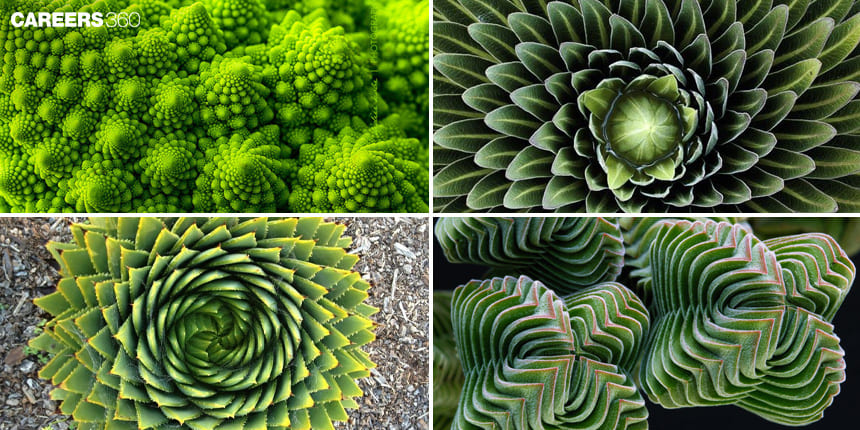
Studying a honeycomb up close reveals rows of hexagonal shapes. Similarly, observing a snowflake through a microscope allows us to marvel at its gorgeous geometric patterns.

Another fascinating instance of geometry in nature involves a pattern commonly referred to as the “Five-Around-One.” This pattern is seen in flowers, known for their “Five-around-one” arrangement, which is also termed as “Closest Packing of Circles,” “Pentagonal Packaging,” and “Tessellating Pentagons.”
Geometry In Technology
Geometry plays a massive role in our daily lives, especially in technology. Whether it's robotics, computers, or video games, geometry is fundamental to nearly all these innovations. Computer programmers rely on geometric concepts extensively in their work. For instance, the captivating virtual realms of video games come to life through intricate geometric calculations. Take raycasting, a technique used for simulating shooting in games. It involves using a 2-D map to create the illusion of a 3-D world, boosting the efficiency of processing by calculating vertical lines on the screen. This incorporation of geometry is what drives the complexity and realism we experience in these technological marvels.
Geometry In Homes
Geometry plays a vital role in our homes, influencing various aspects of everyday life. Just look around—windows, doors, beds, chairs, tables, TVs, mats, rugs, and cushions all come in different shapes. Additionally, bedsheets, quilts, covers, mats, and carpets showcase diverse geometric patterns. Even in cooking, geometry matters. Chefs rely on accurate proportions and ratios of ingredients to craft delicious dishes.
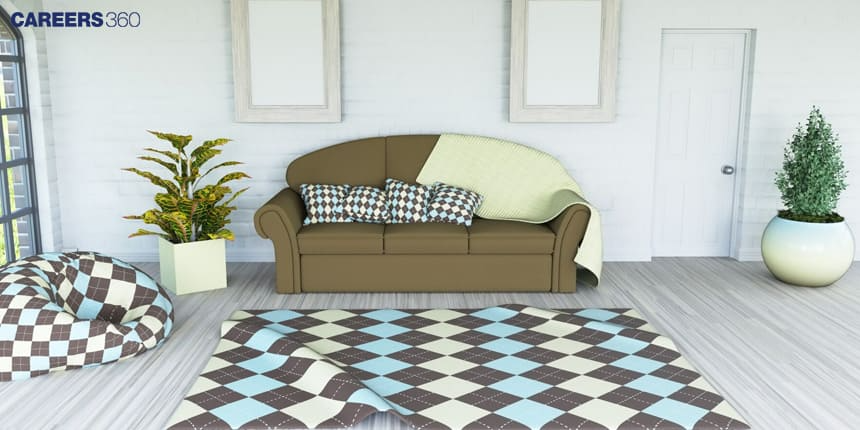
When organising a room, every space is utilised to enhance its appeal. Vases, paintings, and decorative pieces, with their assorted geometric shapes and patterns, contribute to making a house more inviting and presentable.
Also check - Discover How Class 12 Derivatives Help In Real Life
Geometry In Architecture
Geometry plays a vital role in creating buildings such as our new parliament and monuments. Before starting construction, mathematics, and geometry are used to plan how the building will be structured. The ideas of proportions and symmetries help outline the essential elements for all sorts of architectural designs. As early as the sixth century BC, Pythagoras' “Principles of Harmony” and geometry influenced architectural designs.
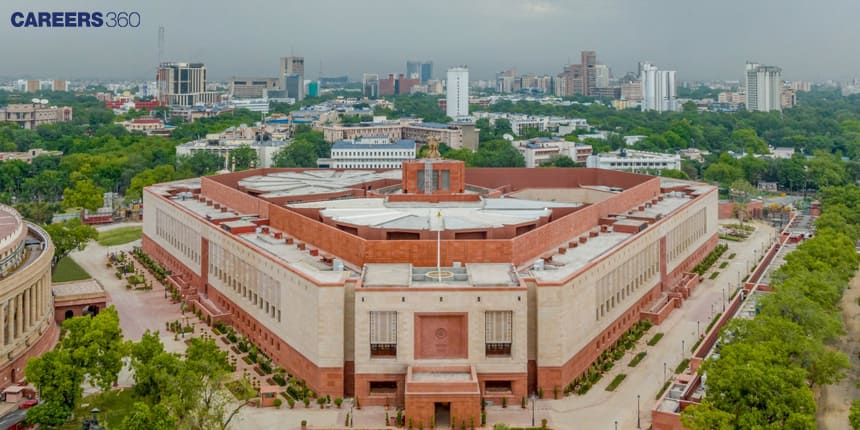
Integrating maths and geometry not only enhanced the beauty, balance, and spiritual significance of these grand structures but also helped reduce risks from strong winds. This combination of mathematical principles and geometric insights didn’t just make buildings look good, it also made them safer.
Geometry In Design
Geometry is extensively used in various design fields. When it comes to creating animated characters in video games, geometry is crucial. In art, nearly every aspect of design is linked to geometric proportions, serving as a tool to convey stories. For instance, in miniature paintings and manuscript illumination, geometric principles are utilised to arrange the layout. Even in calligraphy, precise geometric proportions are carefully considered when forming each letter.
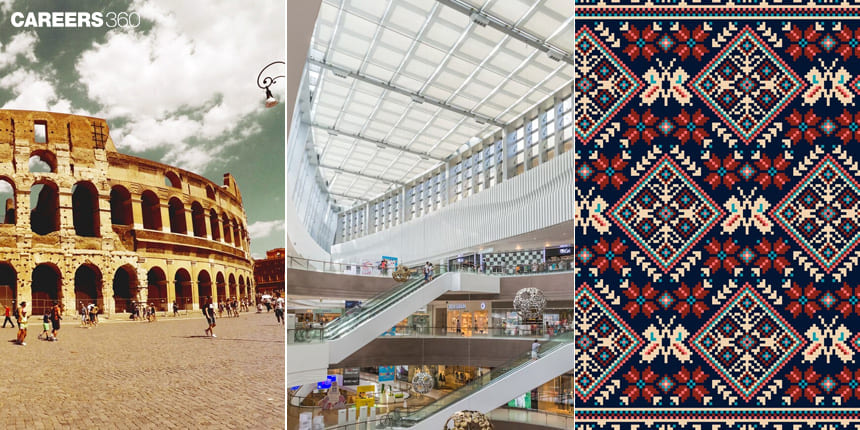
In design, geometry takes on a symbolic role, as seen in the intricate carvings adorning the walls, roofs, and doors of architectural wonders. These elements showcase how geometry plays a fundamental part in design across different creative disciplines.
Geometry In Computer Aided Design (CAD)
Geometry, a fundamental aspect of mathematics, involves exploring lines, curves, shapes, and angles. In architecture, computer software plays a crucial role by creating visual representations before any actual design work begins. CAD, a specialised software, generates the blueprint of the design. Furthermore, it assists in simulating architectural forms, giving a clearer picture of the final product.
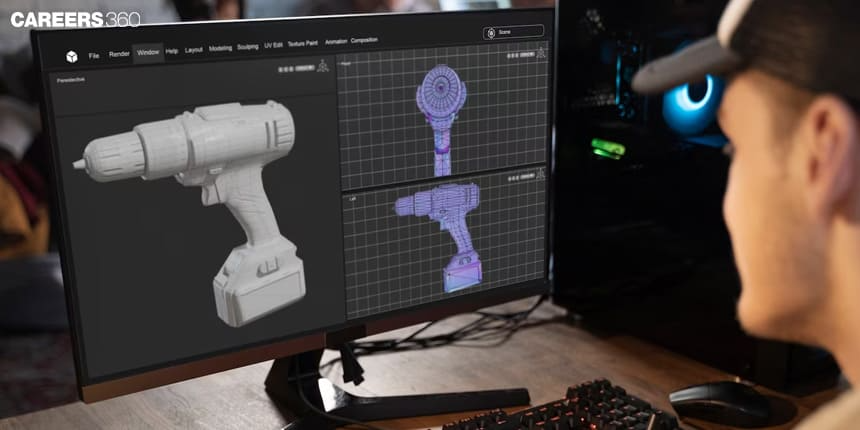
The principles of geometry are extensively applied in various industries, facilitating the creation of detailed graphics and aiding in diverse industrial processes.
Also check - Neurobiology: The Advanced Study Of Nervous System And Brain Function
Geometry In Medicine
Methods such as x-rays, ultrasounds, MRIs, and nuclear imaging heavily rely on geometry to reconstruct the shapes of organs, bones, and tumours. Even in physiotherapy, geometry plays a significant role. Geometric properties and characteristics are pivotal in defining images within digital grids. These geometrical ideas don't just assist in visualising and manipulating images but also in segmenting, correcting, and representing objects. Moreover, they contribute to enhancing stability, accuracy, and efficiency in these processes. Techniques like bisecting angles and parallel methods are particularly crucial in radiology for accurate diagnosis and imaging.
Applications for Admissions are open.
As per latest syllabus. Physics formulas, equations, & laws of class 11 & 12th chapters
JEE Main Important Chemistry formulas
Get nowAs per latest syllabus. Chemistry formulas, equations, & laws of class 11 & 12th chapters
JEE Main high scoring chapters and topics
Get nowAs per latest 2024 syllabus. Study 40% syllabus and score upto 100% marks in JEE
JEE Main Important Mathematics Formulas
Get nowAs per latest syllabus. Maths formulas, equations, & theorems of class 11 & 12th chapters
